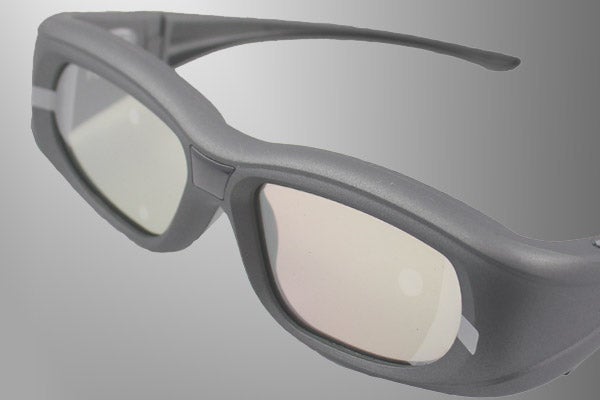Panasonic admits investment in 3D TVs “hasn’t really worked”

The vast majority of new Panasonic TVs feature 3D, but the company has admitted that its investment in the format has not paid off.
Talking to TrustedReviews during CES 2013, Panasonic’s Senior Manager for TV Fabrice Estornel said that while the company “spent a lot of money investing in 3D”, the investment “hasn’t really worked”. Significant R&D and marketing spend has been piled into incorporating 3D into Panasonic’s TV range, “over 90 per cent” of which now offers 3D, since its first 3D TVs arrived in 2012.
Estornel says that Panasonic’s “customers are telling us not to bother” with 3D, that it is not a significant draw for new TV buyers.
Panasonic has also struggled with the diminishing interest in Plasma televisions, which have traditionally dominated the company’s TV line-up. To realign with customer demand, its production of LCD models increased last year, but TVs like Panasonic TX-L47DT50 failed to perform at the level of the best from the competition. However, Estornel suggests that LCD televisions are as in danger as plasma TVs.
Estornel says that “people say OLED will replace plasma [but] OLED will replace LCD. It will replace everything.” The only thing currently holding back this relatively new TV technology “is a question of cost.” Panasonic has already announced that it is to cease production of LCD TVs in favour of OLED models, and its new 4k tablet.
OLED televisions are able to fix both the contrast and black level problems of LCD TVs, and the brightness and punchiness issues of plasma. However, at present they are prohibitively expensive for most buyers.
Panasonic OLED TVs
Panasonic unveiled a 56-inch 4K television at CES 2013. It is currently at such an early stage of development, but is already commanding the production line space that was used to manufacture the company’s LCD TVs.
The television represents two new fields of TV tech – 4K and OLED – that Panasonic appears to be focusing on above 3D.
4K refers to the resolution of the panel used. Most TVs today use 1080p panels of 1920 x 1080 pixels, where 4K panels have a resolution of 3840 x 2160. This provides four times the number of pixels as a 1080p screen. No price has been attached to the Panasonic OLED TV, but – as a guide – the rival 55-inch OLED set from LG is set to sell for 8,000 Euros, or roughly £6,400.
Are you in love with your 3D TV, or do you agree that it’s a waste of time? Let us know in the comments.


